update #temp_Or_GetPendingOrdersList
set ApprovedOn =
dbo._UD_GetDate(dbo._UD_ConvertToCompanyTime(@HHA,#temp_Or_GetPendingOrdersList.ApprovedDate,#temp_Or_GetPendingOrdersList.branchid))
+ ' ' +dbo._UD_GetTime(dbo._UD_ConvertToCompanyTime(@HHA,#temp_Or_GetPendingOrdersList.ApprovedDate,#temp_Or_GetPendingOrdersList.branchid))
from HConfigurations2 with(nolock), TimeZones with(nolock)
where #temp_Or_GetPendingOrdersList.branchid = HConfigurations2.HHA_BRANCHID
and HConfigurations2.TIME_ZONE = TimeZones.ZONE_ID
and HConfigurations2.HHA_ID = @hha
There is a update statement in a stored procedure which has very high worktable logical reads. How to reduce them?
